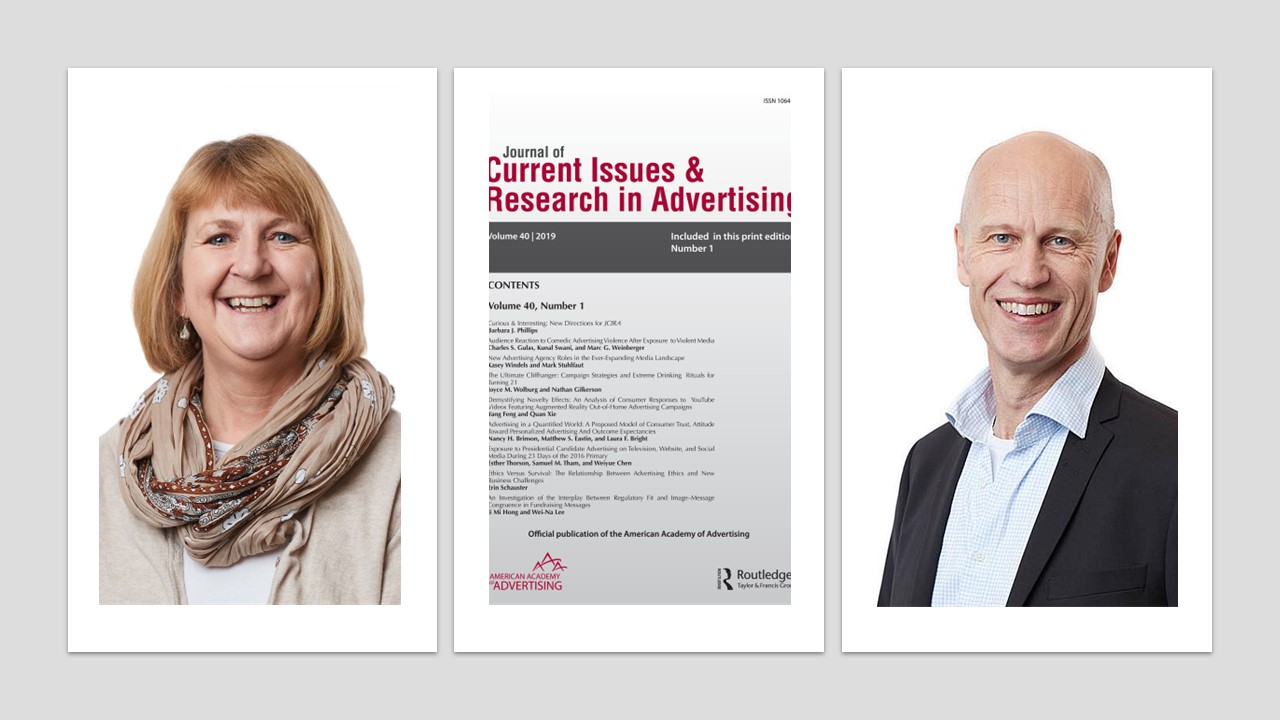New publication from MMTC researchers Tomas Mullern and Adele Berndt
"The Face of Nonbinary Beauty Communication on Instagram"
Gender is a feature of beauty marketing, used in marketing segmentation and communication images, where binary images are predominant. Recently, the social identity of gender has become increasingly nuanced as a more complex set of identities, including genderqueer and nonbinary, influences marketing communications. As part of cultural expression, advertising reflects and impacts how consumers perceive themselves and others, with Generation Z consumers increasingly rejecting gender labels and stereotypes.
A recently published study titled "The Face of Nonbinary Beauty Communication on Instagram" by authors Ria Wiid (Worcester Business School), Tomas Müllern Opens in new window., and Adele Berndt Opens in new window. (both researchers at MMTC, Jönköping International Business School), involves the visual meaning-making of 222 Instagram images of beauty brands’ marketing communications with models other than “female” in traditional Western society’s conceptualization of gender. The study's findings reveal a group of models who are not female; while most of these images are genderqueer, a group that may be considered agender is evident. Both groups have distinctive although differing characteristics, suggesting the development of new stereotypes. This study contributes to understanding the changing representations of models: While beauty brands primarily use female models, the increased use of genderqueer and agender models can attract alternative target markets. It also highlights advertising’s place in cultural expressions that both reflect and impact how consumers perceive themselves and others.
The article was published in the Journal of Current Issues & Research in Advertising (ABS1). Read more here: https://doi.org/10.1080/10641734.2022.2089786

Wiid, R., Müllern, T. & Berndt, A.D. (2022). The Face of Nonbinary Beauty Communication on Instagram: A Content Analysis, Journal of Current Issues & Research in Advertising, DOI: 10.1080/10641734.2022.2089786

